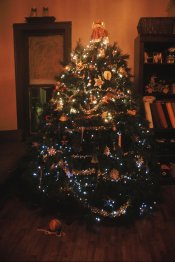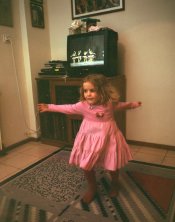reakeener1970
Member
- Joined
- Mar 4, 2015
- Messages
- 52
- Format
- 35mm
Just curious if anyone has any comments about this.
Shooting an event indoors under incandescent light and using 80a filter to correct. Mainly using my D7100 but want to hybridize a bit with film, which I shoot in my personal life.
With film, I have done plenty of B&W and chrome but not a ton of color negative -- and then only with Ektar thus far.
Has anyone compared Fuji 400h to Portra 400 (or, for that matter, Portra 800 to compensate for the 2-stop light decrease d/t 80a filter) under indoor lights with a filter. I see many beautiful shots from both when used in daylight (and think I prefer the cool pastel look of 400h for wedding shots at least) but not sure how that look would translate indoors -- with a naturally darker indoor ambiance that I want from the shot.
Anyway, just wondering if anyone has any thoughts or advice.
Will probably end up getting Portra 800 for this event, but with winter and holidays coming up was thinking of getting more.
...and if i get a roll of each I will let you know my thoughts, too...
Thanks!
p.s. I would like to eventually try the Kodak movie film with tungsten balance but at least initially would like to keep it simple (C-41).
p.p.s. Seriously! Why can't anybody just make a stupid C-41 Tungsten-balanced film anymore!? Sheesh! I actually have a bulk expired roll of T-balanced transparency film (Provia? Ektachrome? It's in freezer and don't want to dig it out now) but it is 64 speed. Of course that is only one more stop than what the dang 80a filter costs me... but every stop is precious indoors, I guess...
Shooting an event indoors under incandescent light and using 80a filter to correct. Mainly using my D7100 but want to hybridize a bit with film, which I shoot in my personal life.
With film, I have done plenty of B&W and chrome but not a ton of color negative -- and then only with Ektar thus far.
Has anyone compared Fuji 400h to Portra 400 (or, for that matter, Portra 800 to compensate for the 2-stop light decrease d/t 80a filter) under indoor lights with a filter. I see many beautiful shots from both when used in daylight (and think I prefer the cool pastel look of 400h for wedding shots at least) but not sure how that look would translate indoors -- with a naturally darker indoor ambiance that I want from the shot.
Anyway, just wondering if anyone has any thoughts or advice.
Will probably end up getting Portra 800 for this event, but with winter and holidays coming up was thinking of getting more.
...and if i get a roll of each I will let you know my thoughts, too...
Thanks!
p.s. I would like to eventually try the Kodak movie film with tungsten balance but at least initially would like to keep it simple (C-41).
p.p.s. Seriously! Why can't anybody just make a stupid C-41 Tungsten-balanced film anymore!? Sheesh! I actually have a bulk expired roll of T-balanced transparency film (Provia? Ektachrome? It's in freezer and don't want to dig it out now) but it is 64 speed. Of course that is only one more stop than what the dang 80a filter costs me... but every stop is precious indoors, I guess...
















